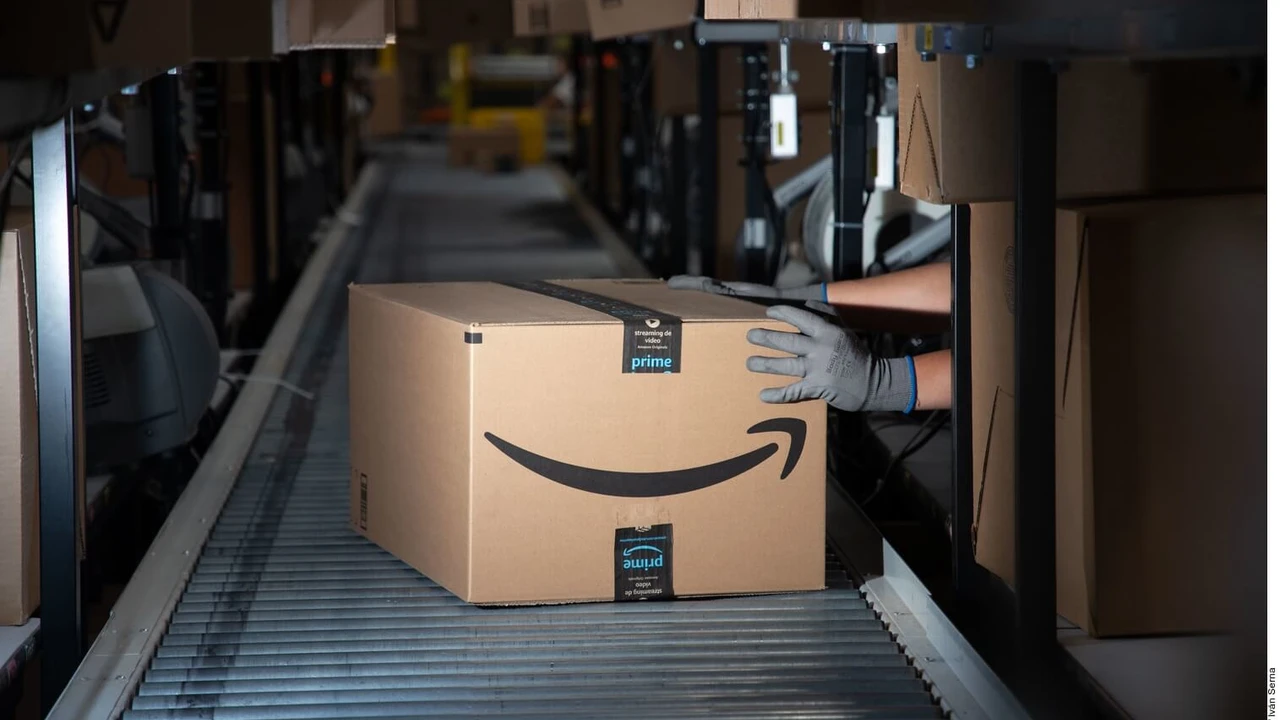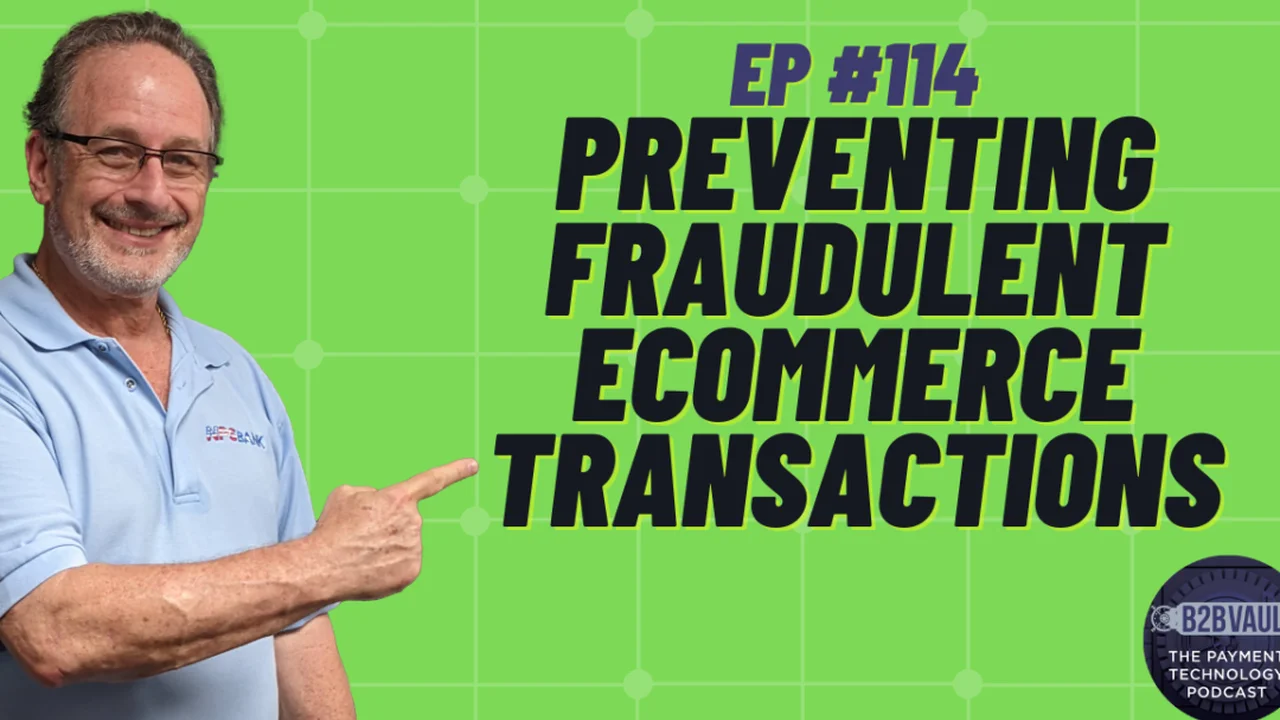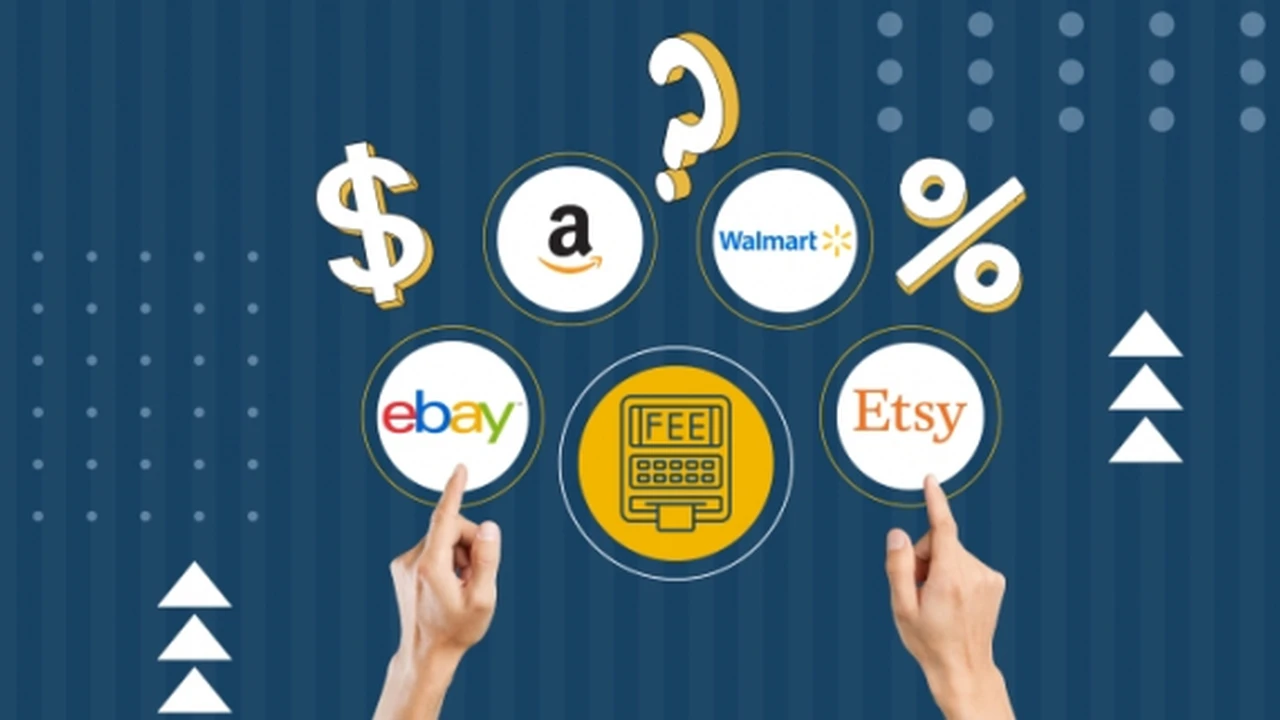The Importance of Data Analytics for E-commerce in SEA & Mexico
Sample meta description.

Understanding the E-commerce Landscape in Southeast Asia & Mexico: A Data-Driven Approach
Hey there! So, you're diving into the wild world of e-commerce in Southeast Asia (SEA) and Mexico? Smart move! These markets are BOOMING. But to really make a splash, you gotta understand the power of data. We're not just talking about tracking sales; we're talking about using data analytics to predict trends, personalize experiences, and ultimately, crush the competition. Let's break down why data analytics is absolutely crucial for e-commerce success in these regions.
Why Data Analytics is Your Secret Weapon for E-commerce Success in SEA & Mexico: Key Benefits
Think of data analytics as your crystal ball. It helps you see what's coming, understand your customers better, and make smarter decisions. Here’s why it’s so important:
- Personalization is King (and Queen!): In SEA and Mexico, customers crave personalized experiences. Data analytics allows you to understand individual preferences, buying habits, and demographics. This means you can tailor product recommendations, marketing messages, and even website layouts to each customer. No more generic emails!
- Optimizing Marketing Spend: Wasting money on ineffective ads? Data analytics can pinpoint which marketing channels are actually driving sales and which are just burning cash. You can then reallocate your budget to the most profitable channels, maximizing your ROI. Think Google Ads, Facebook Ads, TikTok – data tells you where to invest.
- Inventory Management Like a Pro: Stocking too much of one product and not enough of another? Data analytics can predict demand based on historical sales data, seasonality, and even current trends. This helps you optimize your inventory levels, reducing storage costs and minimizing the risk of stockouts.
- Identifying Emerging Trends: The e-commerce landscape is constantly evolving. Data analytics helps you spot emerging trends early on, giving you a competitive advantage. Are consumers suddenly obsessed with sustainable products? Is there a growing demand for a specific type of mobile accessory? Data can tell you!
- Improving Customer Service: Analyzing customer interactions (emails, chats, reviews) can reveal pain points and areas for improvement in your customer service. Are customers consistently complaining about slow shipping times? Is there confusion about your return policy? Data can help you address these issues and improve customer satisfaction.
- Combating Fraud: E-commerce fraud is a serious issue. Data analytics can help you identify suspicious transactions and patterns, protecting your business from financial losses. Look for things like unusual shipping addresses, multiple orders from the same IP address, or transactions using stolen credit cards.
Essential Data Analytics Tools for E-commerce Businesses in SEA & Mexico: A Practical Guide
Okay, so you're convinced that data analytics is important. But where do you start? Here are a few essential tools that can help you get started:
- Google Analytics: The OG of web analytics. It's free, powerful, and provides a wealth of information about your website traffic, user behavior, and conversion rates. Learn to use its dashboards and reports to understand where your visitors are coming from, what they're doing on your site, and why they're not converting.
- Google Search Console: This tool is crucial for understanding how your website performs in Google search results. It can show you which keywords your website is ranking for, identify crawl errors, and help you submit your sitemap to Google.
- Mixpanel: Focused on user behavior and product analytics. It helps you understand how users are interacting with your website or app, track key events, and identify areas for improvement. Great for understanding user funnels and drop-off points.
- Tableau: A powerful data visualization tool that allows you to create interactive dashboards and reports. It can connect to various data sources and help you uncover insights that might be hidden in spreadsheets.
- Kissmetrics: Another user analytics platform that focuses on identifying individual users and tracking their behavior across multiple sessions. Helps you understand customer journeys and personalize their experience.
Product Recommendations Powered by Data: Real-World Examples & Pricing
Let's get practical. How can you actually use data analytics to recommend products to your customers? Here are a few examples:
- "Customers Who Bought This Also Bought..." Recommendations: This classic technique uses purchase history data to suggest related products that customers might be interested in. For example, if someone buys a smartphone, you could recommend a phone case, screen protector, or wireless headphones.
- Personalized Product Recommendations Based on Browsing History: Track what products customers are viewing on your website and use that data to show them similar or complementary products. If someone is browsing running shoes, you could recommend other running shoes, athletic apparel, or fitness trackers.
- Location-Based Recommendations: Use location data to suggest products that are relevant to the customer's location. For example, if someone is in a tropical area, you could recommend swimwear, sunscreen, or insect repellent.
Product Recommendations & Pricing Examples:
Let's look at specific product examples and estimated pricing, keeping in mind that prices can vary widely depending on the brand, features, and retailer.
Example 1: Fitness Trackers for Health-Conscious Consumers
Product: Fitbit Charge 5
Use Case: Tracking steps, heart rate, sleep patterns, and activity levels. Perfect for health-conscious individuals in SEA and Mexico who are increasingly interested in fitness and wellness.
Product Comparison:
- Fitbit Charge 5: Comprehensive features, sleek design, and integration with the Fitbit app. Focuses on overall health and wellness.
- Xiaomi Mi Band 7: More affordable option with similar features, but may have less accurate tracking and a less polished app experience. Good for budget-conscious consumers.
- Garmin Vivosmart 5: Known for its accurate heart rate monitoring and GPS tracking. Ideal for serious athletes and runners.
Estimated Price: Fitbit Charge 5 - $150-$200 USD; Xiaomi Mi Band 7 - $50-$70 USD; Garmin Vivosmart 5 - $130-$180 USD
Example 2: Wireless Earbuds for Mobile Lifestyles
Product: Sony WF-1000XM4
Use Case: Listening to music, podcasts, and audiobooks on the go. Ideal for commuters, students, and anyone who enjoys listening to audio content while exercising or traveling. Noise cancellation is a big plus in busy cities.
Product Comparison:
- Sony WF-1000XM4: Industry-leading noise cancellation, excellent sound quality, and comfortable fit. Premium option for audiophiles.
- Apple AirPods Pro: Seamless integration with Apple devices, good noise cancellation, and a sleek design. Best for Apple users.
- JBL Tune 230NC TWS: More affordable option with decent noise cancellation and good sound quality. Good value for money.
Estimated Price: Sony WF-1000XM4 - $250-$300 USD; Apple AirPods Pro - $200-$250 USD; JBL Tune 230NC TWS - $80-$100 USD
Example 3: Portable Power Banks for Staying Connected
Product: Anker PowerCore 10000
Use Case: Charging smartphones, tablets, and other devices on the go. Essential for travelers, students, and anyone who relies heavily on their mobile devices. Power outages are common in some areas, making these even more valuable.
Product Comparison:
- Anker PowerCore 10000: Reliable brand, compact design, and sufficient capacity for multiple charges. Good balance of portability and power.
- Xiaomi Mi Power Bank 3: Affordable option with high capacity, but may be slightly larger and heavier. Good for users who need to charge multiple devices.
- Samsung 25W Power Bank: Fast charging capabilities and a sleek design. Best for Samsung device users.
Estimated Price: Anker PowerCore 10000 - $25-$35 USD; Xiaomi Mi Power Bank 3 - $20-$30 USD; Samsung 25W Power Bank - $30-$40 USD
Optimizing Your E-commerce Website with Data-Driven Insights: A Step-by-Step Guide
Data analytics isn't just about recommending products; it's about optimizing your entire e-commerce website for conversion. Here's how:
- Analyze User Behavior on Key Pages: Use heatmaps and session recordings to understand how users are interacting with your product pages, checkout pages, and landing pages. Are they clicking on the right buttons? Are they getting stuck at any point in the process?
- A/B Test Different Website Elements: Experiment with different headlines, images, call-to-action buttons, and page layouts to see which versions perform best. Use A/B testing tools like Google Optimize or Optimizely.
- Optimize Your Website for Mobile: Mobile e-commerce is huge in SEA and Mexico. Make sure your website is fully responsive and provides a seamless experience on all devices.
- Improve Your Website Speed: Slow loading times can kill your conversion rates. Use tools like Google PageSpeed Insights to identify areas for improvement.
- Personalize the User Experience: Use data to tailor the website content and design to each individual user. Show them products they're likely to be interested in, personalize the language, and offer relevant promotions.
The Future of E-commerce in SEA & Mexico: Data Analytics as the Driving Force
The future of e-commerce in SEA and Mexico is undoubtedly data-driven. Businesses that embrace data analytics will be the ones that thrive, while those that ignore it will be left behind. By leveraging the power of data, you can gain a deep understanding of your customers, optimize your marketing efforts, and create a truly personalized e-commerce experience. So, start collecting data, start analyzing it, and start using it to make smarter decisions. Your e-commerce business will thank you for it!
:max_bytes(150000):strip_icc()/277019-baked-pork-chops-with-cream-of-mushroom-soup-DDMFS-beauty-4x3-BG-7505-5762b731cf30447d9cbbbbbf387beafa.jpg)






